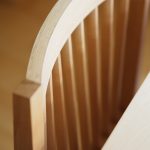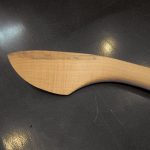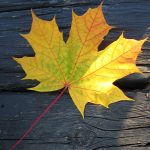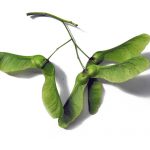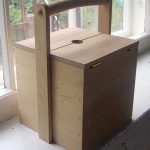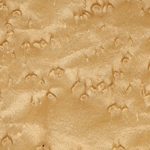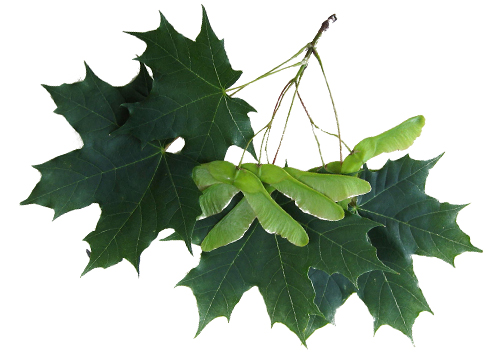
- Skogslönn (S)
- Norway Maple (GB)
- Ahorn (D)
- L´érable (F)
Norway maple belongs to the genus Acer. It is part of the family Aceraceae, which is one of the most versatile tree genuses with approximately 130 tree and bush species.
Distribution
- Norway maple can be found almost all over Europe.
- It has spread naturally throughout South Finland. Cultivated norway maples also grow in Central and East Finland.
Habitat
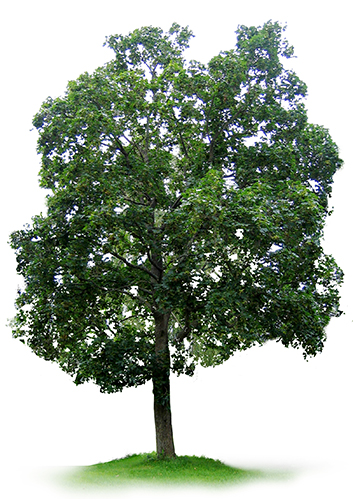
- Norway maple thrives in nutritious deciduous and mixed forests. It is also usually a runaway from cultivation. It requires thick, rich and alkaline soil, constant humidity and a lot of daylight.
- Young norway maples are semi-shade plants, and, therefore, they thrive as undergrowth.
- Norway maples occur as isolated in the nature. The extensive crown requires a lot of space and daylight in a sparse forest.
- It has a rather deeply extensive root system, which makes it withstand storms.
- There are several different maple species planted in parks. Some of the most well-known species are amur maple and tatar maple. The fairly dark red maple, on the other hand, is a variant of the common maple.
Growth characteristics
- Maple can grow 25 meters in height and as old as 200 years.
- The greyish trunk has often limbs.
- Due to the thin and smooth bark the trunk is damaged easily, but the bark becomes grooved as the tree grows older.
- The trunk is straight and often branchless up to the crown, if the tree has grown in a forest stand.
- Norway maples branch easily when they grow sparsely.
- The crown is broad and globular.
- The trunk of a quality norway maple is straight and branchless up to the crown. At chest height the diameter should be over 30 cm, and the trunk should not have rot or cracks.
Properties of the wood
- Sap and heartwood are not clearly distinguishable. The sapwood is yellow-brown or white-red. The colour of the heartwood varies from light reddish to reddish brown.
- The wood is fine structured, hard, heavy and beautifully shiny. It is short and straight grained, and it looks fine, dense and even.
- Dry maple is durable. It is somewhat flexible but difficult to cleave, because it has a strong tendency to crack and warp.
- Maple does not withstand humidity well, and it also darkens easily.
- Despite its hard texture it is easy to work. Planed surfaces become very smooth and they are easy to surface finish. Glue joints hold well, and so do nails and screws, but holes have to be first drilled for them, because the wood cracks easily.
- The weight of air-dry sawn timber is 560- 650 kg/m3.
- A-class wood has grown evenly. It is even in colour and free of knots. Small twigs, however, are acceptable. The wood is used for musical instruments, furniture, parquets and interior decoration.
- B-class wood may have knots and * heartwood.It is used for the same purposes as A-class material. In addition, it is used to produce dishes, household utensils and lathing products.
- C-class wood can have dark heartwood. It is used for lathing and hobby crafts.
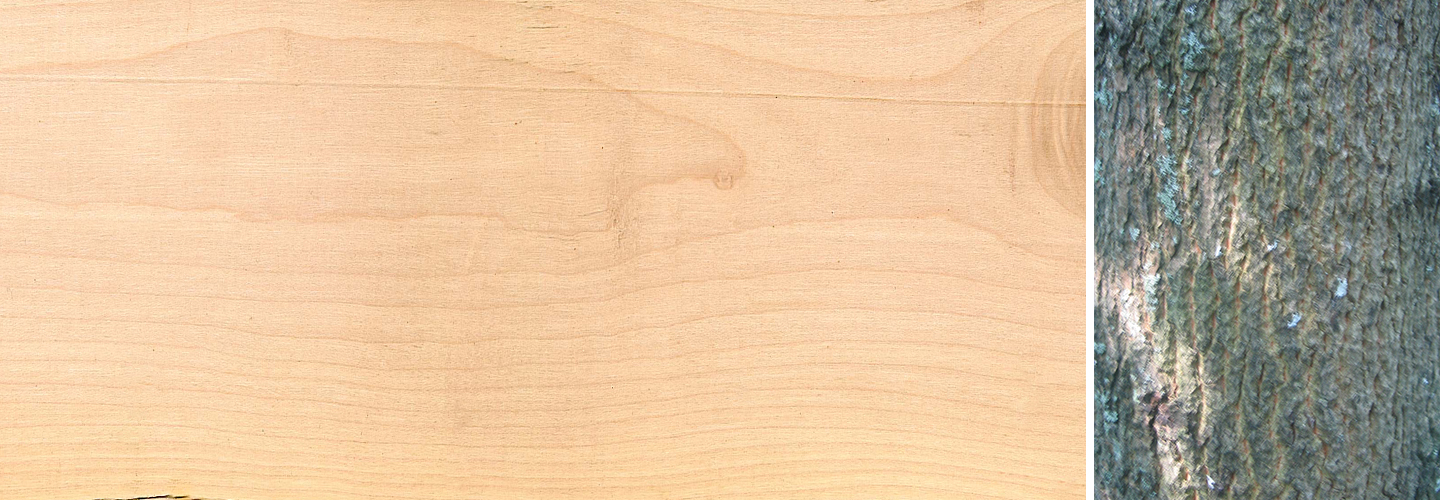
Surface treatment
The wood samples have been surface treated as such:
- Left, water-based acrylic lacquer
- Center, no treatment
- Right, two component catalystlacquer or oil

Radial cut
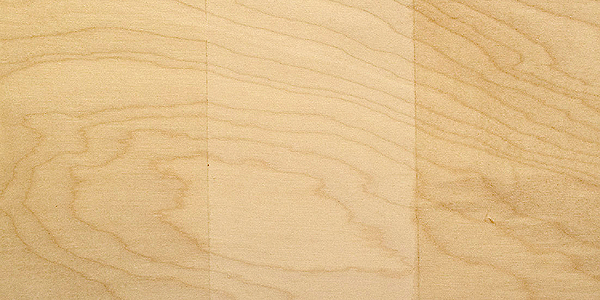
Tangential cut
Usage
- Carpenters make magnificent furniture from maple.
- Maple is used for musical instruments, boxes, furniture, plywood and parquets.
- It is also used in the barrel industry, as tool shafts and handles etc.
- The so-called bird’s eye maple is popular. It is used for high-class, valuable veneer.
- Flame pattern wood sometimes appears near the roots and below large branches. It is used for example for musical instruments.
